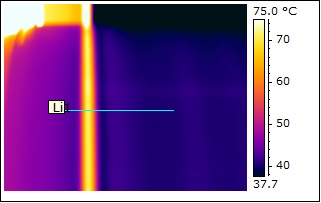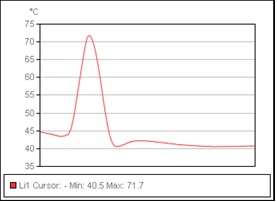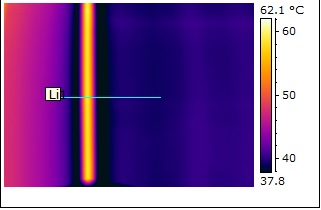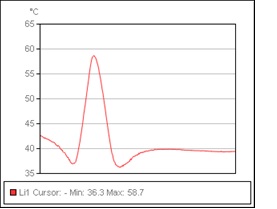Increased service life despite high temperature difference at calender applications
by Dipl.-Ing. (FH) Torsten Bellaire, Application Engineering SchäferRolls
Paper finishing or calendering is one of the most demanding processes in the paper machine from a roll cover point of view. Especially when high temperature differences delta T result in frequent cover damages and high impacts from deposits on the cover surface.
Since the first introduction of polymer based covers in the calender more than 20 years ago, the basic strength and durability of covers have improved significantly and an outstanding dynamic mechanic property is a basic requirement. Most state of the art covers can withstand the high line load and speed in a modern calender. Even an incidental impact can be accommodated by most modern cover materials. Today’s challenge at a modern calender position (Fig. 1) is maximizing the service life in best balance with web quality. The service life of calender covers is normally limited to a certain level of barring, which is related to systematic wear or surface fatigue initiated by a system vibration. One major step towards extended service life is the increased strength and stiffness of the basic polymer matrix employed in cover manufacturing. A novel nano and copolymer technology makes it furthermore possible to combine high stiffness with outstanding toughness and strength. The combination of the improved properties of these new cover materials require less reinforcing fibers, which leads to significantly improved cover homogeneity with controllable influence on the desired smoothness or gloss of the web.
However, difficult positions such as the 2 stack soft calender with 380 kN/m and temperatures up to 200°C challenge engineers.


Fig. 2: conventional cover with high temperatures at the edges ∆T 32°C


Fig.3: C2.yntec ht, same position ∆T 18°C
An application example shows a case, where the customer faced frequent and unpredictable damages of the cover due to high temperature differences delta T at the edges (Fig 2) and high impacts coming from deposits. In close cooperation with the customer, SchäferRolls developed a special material, aiming at reducing these difficulties. Regular on-site measurements and monitoring let to a solution in which a special structure of the cover reduces high differences in temperature delta T between areas that are touched resp. not touched by paper web: This C2.yntec ht cover – a further development of the current C2.yntec – cools down quickly and withstands high temperatures in the edge area (Fig. 3). Secondary, temperature peaks caused by e.g. Calcoil systems or TrioRolls (segment guide rolls) are compensated. As a result roll cover damages and in consequence unscheduled shut-down time are being avoided. Furthermore, the expected grinding interval of 30 weeks was exceeded by more than 20%.
C2.yntec ht
Technical data
Hardness 88 +/- 2 Shore D
Colour pink
E-Modulus 4100 MPa
